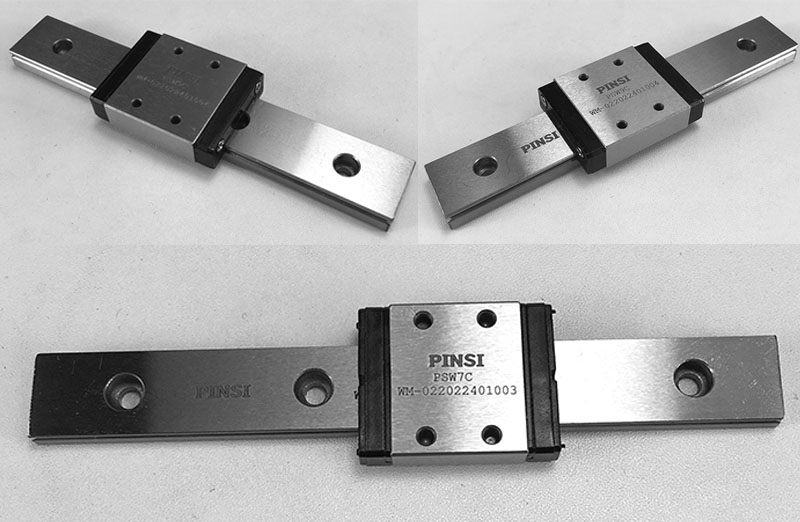
Step 1: Prepare the Necessary Tools and Equipment
Before starting the replacement process, gather the required tools and equipment. This typically includes wrenches, screwdrivers, Allen keys, lubricants, and a suitable replacement linear bearing compatible with your specific linear guide system.
Step 2: Safety First
Ensure that the equipment is powered off and disconnected from any power source. Safety should always be the top priority during maintenance and replacement processes.
Step 3: Remove the Old Linear Bearing
Begin by removing the retaining screws or bolts that secure the old linear bearing to the carriage or mounting surface. Carefully detach the bearing from the guide rail, taking note of its orientation and any specific markings.
Step 4: Clean the Mounting Surface
Thoroughly clean the mounting surface or carriage to remove any debris, dirt, or remnants from the previous bearing. A clean surface ensures proper alignment and smooth operation of the new linear bearing.
Step 5: Inspect and Lubricate
Take this opportunity to inspect the guide rail for any signs of wear, damage, or misalignment. If necessary, address these issues before proceeding with the replacement. Lubricate the guide rail with a suitable lubricant recommended by the manufacturer to ensure smooth movement of the new linear bearing.
Step 6: Install the New Linear Bearing
Carefully position the new linear bearing onto the guide rail, aligning it with the mounting holes or slots. Ensure that the bearing is correctly oriented according to any markings or directional indicators. Gently slide the bearing along the rail until it reaches the desired position.
Step 7: Secure the Bearing
Using the provided screws or bolts, fasten the new linear bearing securely to the carriage or mounting surface. Follow the manufacturer's recommended torque specifications to avoid over-tightening or under-tightening.
Step 8: Test and Adjust
Once the bearing is securely in place, test the motion of the linear guide system. Move the carriage or slide back and forth along the guide rail to ensure smooth and unrestricted movement. If any issues are detected, make necessary adjustments or consult the manufacturer's documentation for troubleshooting guidance.
Step 9: Regular Maintenance and Inspection
To ensure optimal performance and longevity of your linear bearing, establish a regular maintenance schedule. This may include periodic cleaning, lubrication, and inspection of the bearing, guide rail, and surrounding components. Regular maintenance helps identify any potential issues early on and prevent costly downtime.
Conclusion:
Replacing linear bearings is a crucial maintenance task to maintain the performance and reliability of your linear guide system. By following this step-by-step guide and adhering to manufacturer recommendations, you can effectively replace linear bearings, ensuring smooth and precise motion in your applications. Remember to prioritize safety, cleanliness, and proper alignment during the replacement process. Regular maintenance and inspections will help prolong the lifespan of your linear bearings and optimize the performance of your equipment. Trust in PINSI for high-quality linear bearings and comprehensive support to keep your applications running smoothly.


 +8615622924499
+8615622924499
 +8615622924499
+8615622924499

